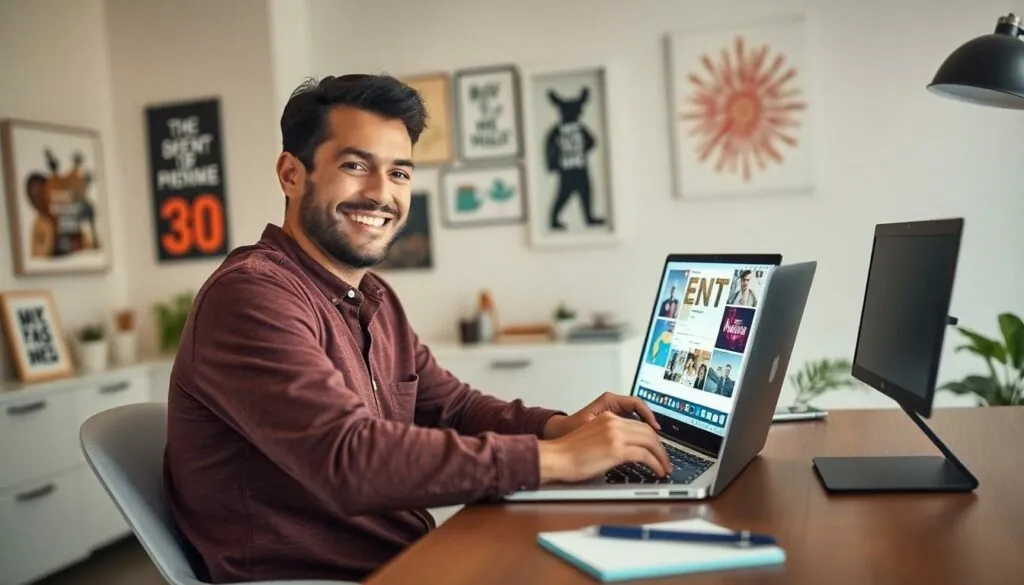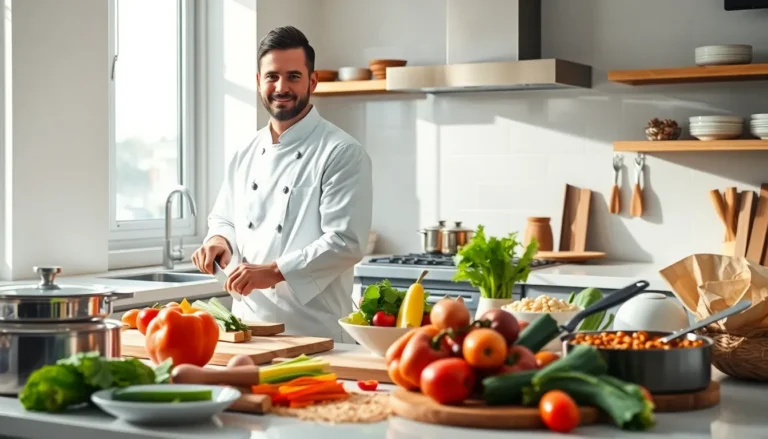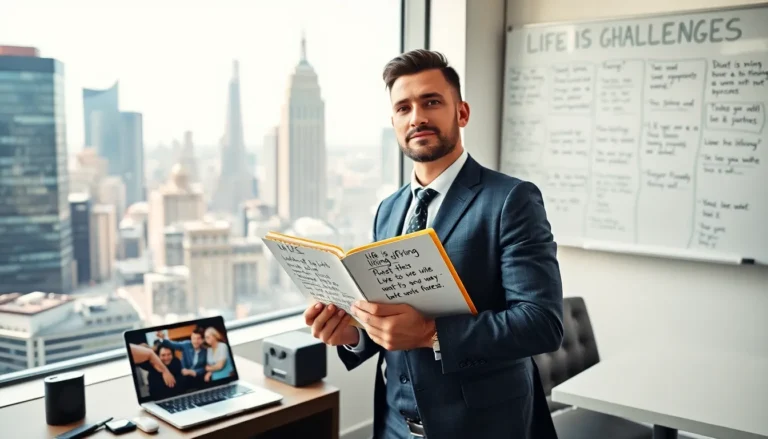Table of Contents
ToggleIn a world where words reign supreme, adding visuals can take your ChatGPT experience from drab to fab. Imagine chatting away, and suddenly, a delightful image pops up, turning a simple conversation into a vibrant exchange. It’s like adding sprinkles to your ice cream—who wouldn’t want that?
Understanding ChatGPT’s Capabilities
ChatGPT offers advanced natural language processing to facilitate dynamic conversations. Users find that incorporating images significantly enhances the interaction quality. This feature allows for more visually engaging dialogues, making information easier to comprehend.
Images serve as visual aids to support text-based communication. Users can share concepts, ideas, or examples that benefit from visual representation. For instance, a screenshot can clarify a technical issue, while a chart can provide data insights.
Additionally, ChatGPT understands various image formats, allowing users to upload JPEGs, PNGs, and more. Integration of images also improves user engagement, as visuals often capture attention more effectively than text alone.
The platform maintains an intuitive interface, ensuring users can easily navigate features related to image sharing. Consequently, users can focus more on content rather than technical hurdles. Using images fosters better retention of information, providing context that text may not fully convey.
Understanding the balance between text and visuals can transform user interactions. By using images strategically, users can create conversations that not only inform but also captivate and inspire. The combination of ChatGPT’s text capabilities with visual elements enhances overall communication dynamics.
How to Prepare Your Image
Preparing an image for inclusion in ChatGPT enhances communication. Start by ensuring the image meets platform specifications for optimal interaction.
Choosing the Right Format
Select the appropriate file format before uploading images. Common formats include JPEG, PNG, and GIF, each serving different purposes. JPEG files work well for photographs due to their rich color support. PNG files support transparent backgrounds and are ideal for graphics like logos. GIFs can animate content but may limit color depth. Consider the type of content when making a choice, as it affects clarity and user engagement.
Resizing and Optimizing Images
Utilize image editing tools to resize images to fit within ChatGPT’s guidelines. Maintaining a resolution around 72 DPI is suitable for web use. Aim for dimensions that balance visibility and loading speed, typically under 1 MB in size. Compressing files reduces load times, improving user experience. Tools like TinyPNG or Adobe Photoshop assist in optimizing images without sacrificing quality. Adjust brightness and contrast to ensure clarity for viewers.
Uploading Images to ChatGPT
Uploading images to ChatGPT enhances user interaction and communication. The process is straightforward and intuitive.
Step-by-Step Guide
- Select the appropriate chat session for the image upload.
- Click on the designated image icon located in the chat input area.
- Choose a file from your device or drag and drop the image directly into the chat window.
- Wait for the upload to complete, ensuring the image appears in the chat before proceeding.
- Submit any accompanying text if necessary to provide context for the image.
This method allows users to quickly incorporate visuals, improving dialogue.
Common Issues and Troubleshooting
Uploading images can sometimes lead to issues. One common problem is file size exceeding limits. Users should aim to keep images under 1 MB to ensure quick uploads. Unsupported file formats can also cause failures; JPEG, PNG, and GIF are recommended. If images don’t display correctly, check the resolution, which should be around 72 DPI. Restarting the platform can resolve minor glitches. Users should refer to the support section for specific error messages for more guidance.
Enhancing Conversations with Images
Images play a vital role in making conversations more engaging on ChatGPT. Incorporating visuals, such as screenshots and charts, helps clarify complex concepts quickly. Dynamic content encourages users to explore topics more deeply and enhances their understanding of information presented.
Choosing the right file format is essential for optimal clarity. JPEG works best for photographs, while PNG suits graphics that require transparency. GIFs are ideal for adding lively animations. Prioritizing the image format that matches the content type ensures effective communication.
Optimization of images does not compromise quality. Resizing images to fit within platform specifications enhances loading speeds, and maintaining a resolution around 72 DPI prevents delays. Users benefit significantly from tools like TinyPNG or Adobe Photoshop to compress images without losing essential details.
Uploading images to ChatGPT is straightforward. Selecting the desired chat session and clicking the image icon initiates the process. Users must ensure that the image uploads correctly to prevent communication breakdowns. Troubleshooting issues, such as file size limits and unsupported formats, can save time and frustration.
Engaging with visuals captivates users and fosters better information retention. The combination of ChatGPT’s natural language capabilities with strategic use of images creates a more interactive experience, enriching user interactions. Visuals transform static conversations into lively exchanges, significantly improving engagement levels.
Adding images to ChatGPT significantly elevates the user experience. It transforms standard conversations into dynamic exchanges that capture attention and enhance understanding. By strategically incorporating visuals users can clarify complex ideas and maintain engagement throughout their interactions.
The guidance on selecting the right file formats and optimizing images ensures clarity and quality. With a straightforward uploading process users can seamlessly integrate visuals into their chats. This not only fosters better information retention but also makes discussions more enjoyable and interactive.
Ultimately the combination of text and images within ChatGPT creates a rich conversational environment that inspires exploration and deepens understanding. Embracing this approach will undoubtedly lead to more effective communication and a more fulfilling user experience.



